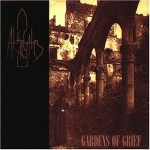 A lot has happened in the last 50 years.
A lot has happened in the last 50 years.
A whole cultural revolution took over, starting in the 1960s, that combined the post-war “Me generation” with the progressive theories of the 1930s. Birth control, Viet Nam, Civil Rights, better quality marijuana, educating women, white flight to the suburbs, the EU, a radical decrease in traditional values and religion. We’ve been weaving in and out of that great cultural change ever since.
Generally, we think of modern pop music as the “counter-culture,” meaning it opposed the culture of its time. Many consider metal counter-culture, still others (paying attention to the early words of Black Sabbath, who claimed they were there to rain on the hippies’ parade) see metal as a counter-counter-culture or a subculture.
Either way, metal’s roots are in pop. Pop music is as eternal as the wind; millennia ago, it was the folk songs of isolated people who sang them to each other in their small towns. In the cities, these became High Art through theatre and later specialized music. But roughly the same idea remains: catchy tunes that make people think of important things in life in an offhand, slightly cynical, humorous and casual way.
During these last 50 years, pop has changed quite a bit as it has become more introspective, less complex and more minor-key:
In the 1960s, 85 percent of the songs were written in a major key, compared with only about 40 percent of them now. Broadly speaking, the sound has shifted from bright and happy to something more complicated.
…
When the researchers analyzed the beats per minutes (BPM) of each song, they found a decrease from an average 116 BPM in the 1960s to approximately 100 BPM in the 2000s. Songs in the 1960s tended to run under three minutes, whereas more recent hits are longer, around four minutes on average.
…
Even more interesting, perhaps, is that our current favorites are more likely to be emotionally ambiguous…studies in the past have linked music preferences to personality traits, such as a preference for sadder music being tied to more empathy, openness to experience, and less extroversion.
This points to an interesting facet of our culture during this time.
We too have become “tied to more empathy, openness to experience, and less extroversion.”
We’ve also become more alienated, and more likely to retreat to familiar experience.
Part of this can be explained by the sheer terror of the times. With nuclear missiles ranging around the skies, and non-stop internal turmoil and war abroad, we can’t be blamed for wanting to stay in the basement sometimes.
But even more, we’ve become Emo. Emo music is self-indulgent, a bit more depressed than melancholic, but most of all, it is self-pitying. It is music of the hopeless, kids who’ve given up and so they cut themselves to feel alive.
Our whole society has slowly gone Emo. People talk about their feelings and want someone to make it right for them. If something is difficult, people throw up a half-hearted stab and then run off to the TV or pub. We pity ourselves and idealize being a victim, because then others will take care of us.
In short, we’re an exhausted culture and our music, too, is exhausted.
Where does metal fit in? It’s usually minor key, but also chromatic. It throws the “complicated” emotions out on their ear and replaces them with fervid, warlike, and muscular riffing that fits together into a story.
If Emo is the disease, metal is the cure.
4 Comments Cold minimalist black metal got a bad rap back in the 1990s when people figured out that it had basically taken
Cold minimalist black metal got a bad rap back in the 1990s when people figured out that it had basically taken 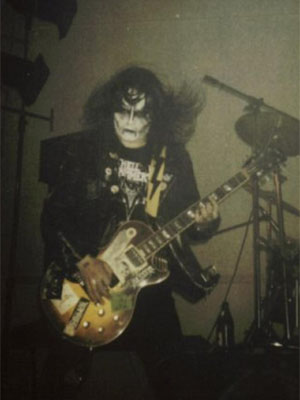 A
A 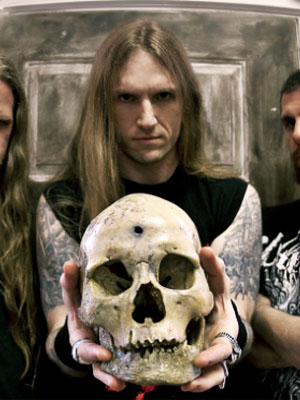 Thrash band Birth A.D., who seem to be a continuation of later 1980s thrash like SOD and DRI, have released a streaming track from their new album, I Blame You.
Thrash band Birth A.D., who seem to be a continuation of later 1980s thrash like SOD and DRI, have released a streaming track from their new album, I Blame You.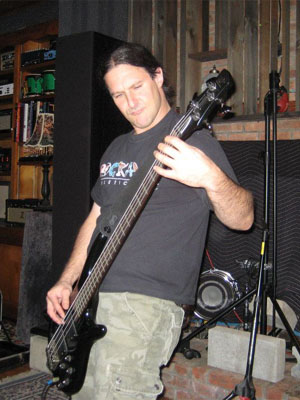 NYDM founders Immolation are in the studio and preparing work on their ninth full-length album, according to
NYDM founders Immolation are in the studio and preparing work on their ninth full-length album, according to  A lot has happened in the last 50 years.
A lot has happened in the last 50 years. 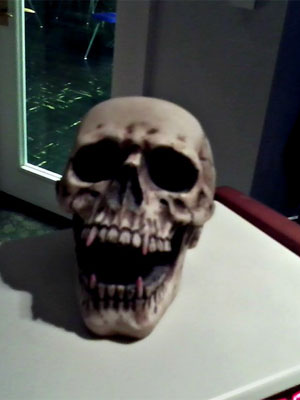 “Christian metal,” Led Zeppelin the person, lack of good tour packages, and Benjie’s top 10 EPs. We talk about upcoming possible interviews, lots of gas, and lonely old Benjie after Sawyer graduates. We talk giant bruises, phone attacks during the show, and our upcoming Halloween special. Enjoy this little nugget until we return on Oct. 27th. Keep it METAL!
“Christian metal,” Led Zeppelin the person, lack of good tour packages, and Benjie’s top 10 EPs. We talk about upcoming possible interviews, lots of gas, and lonely old Benjie after Sawyer graduates. We talk giant bruises, phone attacks during the show, and our upcoming Halloween special. Enjoy this little nugget until we return on Oct. 27th. Keep it METAL!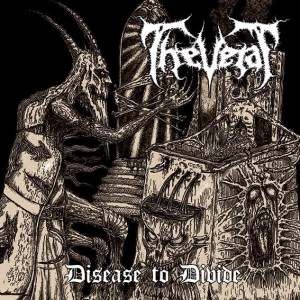 Two of the most epic styles of death metal were the aggressive flood-of-noise NY style exemplified by Incantation, and the melodic style demonstrated by bands like Asphyx or Demigod which added a melodic superstructure to a series of vicious riffs. Without losing its distinctively New World character, Thevetat joins the abrasive and inhuman sounds of early Incantation with an occult melodic sound.
Two of the most epic styles of death metal were the aggressive flood-of-noise NY style exemplified by Incantation, and the melodic style demonstrated by bands like Asphyx or Demigod which added a melodic superstructure to a series of vicious riffs. Without losing its distinctively New World character, Thevetat joins the abrasive and inhuman sounds of early Incantation with an occult melodic sound.